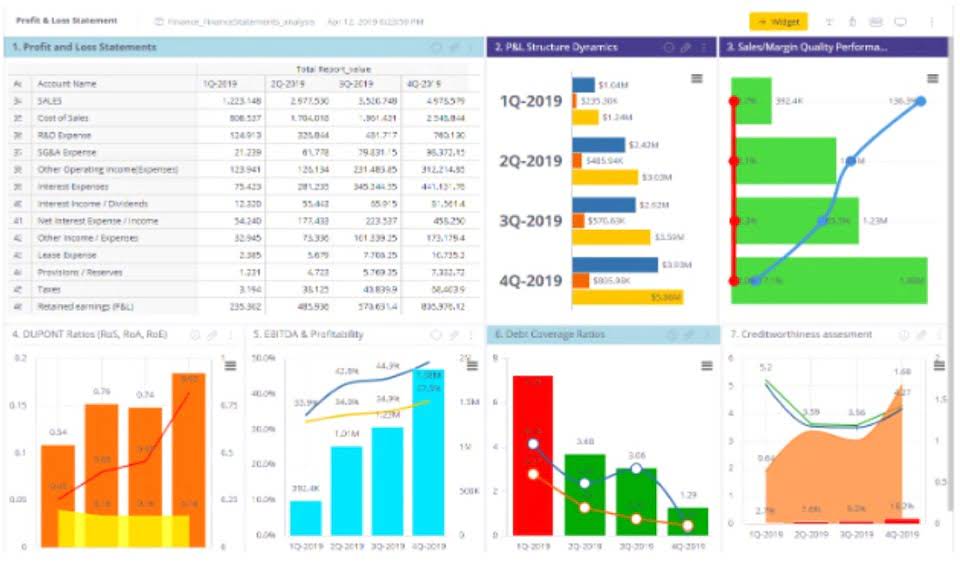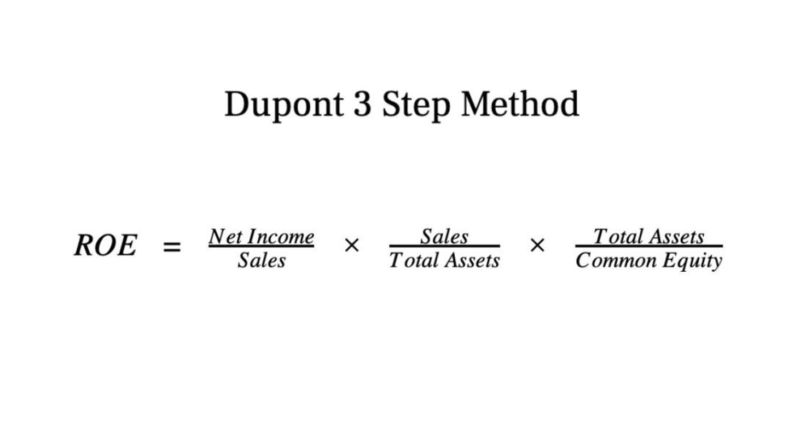4 3 Components of comprehensive income

In this case, including income from loans on the same line as revenue will artificially inflate the profit margin. Adding $10 in sales from dog food to $5 from the loans, our total income is $15, but total costs remain $4. Instead, they list a gain of sale of businesses as standalone other income. This can be tricky to recognize for beginners because the words “other income” aren’t directly written.
Benefits of Statement of Comprehensive Income
It’s like the top line of your income statement, without considering any of the expenses involved in running your business. If a company bought an investment for $1 million at the beginning of 2019, it would reflect that purchase price on its balance sheet. The figure on the balance sheet at the end of 2019 is misleading since the investment has increased by $200,000.0. The company will reflect that gain in the line item other comprehensive income to show the true value of the investment. The most common example of other comprehensive income is a revaluation surplus which arises when an entity decides to account for an increase in the value of land and buildings.

The Financial Modeling Certification

The net income section provides information derived from the income statement about a company’s total revenues and expenses. Net income is arrived at by subtracting the cost of goods sold (COGS), general expenses, taxes, and interest from total revenue. Unrealized gains or losses can stem from things like hedge/derivative financial instruments and foreign currency transaction gains or losses. Other comprehensive income is those revenues, expenses, gains, and losses under both Generally Accepted Accounting Principles and International Financial Reporting Standards that are excluded from net income on the income statement. This means that they are instead listed after net income on the income statement. An example of the reporting presentation of other comprehensive income appears in the following exhibit.

The Basics of Comprehensive Income, OCI, and AOCI
In some cases, large companies put other income and other expenses on the same line. When the sum of other expenses is greater than the sum of other income, the other income account can appear negative. This late payment fee must be booked separately as other income, since it petty cash is unpredictable and does not relate to the core delivery of the service. In the same way that loans can inflate margins, so too can late fees when they are heavily present in one period but not in another.
Explanation of how currency exchange rates affect financial statements
This comprehensive view can be particularly useful in industries where financial assets play a crucial role, allowing analysts to assess the impact of market conditions on the company’s assets and equity. Foreign currency translation adjustments arise when a company operates in foreign markets and must convert its foreign financial statements into its functional currency. These adjustments are necessary due to the changes in exchange rates over time. When a company’s foreign subsidiaries prepare their financials in a local currency, these must be translated into the reporting currency of the parent company for consolidation purposes. The resulting translation gains or losses are not realized through normal business operations and, therefore, are recorded in OCI until the sale or liquidation of the foreign operation occurs.
- Therefore, there is no reclassification adjustment for the years presented.
- Net income is the actual profit or gain that a company makes in a particular period.
- While such items affect a company’s balance sheet, the effect is not captured on the income statement (and has no impact on net income) per GAAP reporting standards.
- Under International Financial Reporting Standards (IFRS), revaluation surplus refers to an increase in the carrying value of an asset to its fair value during a revaluation process.
- It includes net income and other comprehensive income, such as unrealized income.
- Though they sound similar, there are certain differences, primarily in the level of detail they provide into a company’s financial situation.
For instance, a foreign currency adjustment may not be overly large, but seeing it could help an analyst determine the impact of currency fluctuations on a company’s operations. This figure is key because it provides insight into a company’s financial health. The items included in OCI don’t relate to a company’s central operations but have an impact on its equity. Put simply, they don’t immediately affect a company’s bottom statement of comprehensive income line on a cash basis.
- Keeping track of your financial statements and reports is crucial for small business owners.
- One common example of a hedging activity is a currency forward contract used by a company with significant foreign operations to protect against fluctuations in exchange rates.
- Instead, they list a gain of sale of businesses as standalone other income.
- It defines where those new Unrealized Gains and Losses contribute to the Income Statement, leaving a potential gray area.
- In the same way that loans can inflate margins, so too can late fees when they are heavily present in one period but not in another.
- In this way the gain or loss is reported in the total comprehensive income of two accounting periods and in colloquial terms is said to be ‘recycled’ as it is recognised twice.
What is Included in Other Comprehensive Income (OCI)?
This difference reflects the more dynamic approach to asset valuation under IFRS compared to the more conservative, historical cost-based approach under US GAAP. When, and only when, an entity changes its business model for managing financial assets it must reclassify all affected financial assets. The ruling made AOCI accounts mandatory for all publicly-traded companies in the US.

Comprehensive income is often listed on the financial statements to include all other revenues, expenses, gains, and losses that affected stockholder’s equity account during a period. In other words, it adds additional detail to the balance sheet’s equity section to show what events changed the stockholder’s equity beyond the traditional net Accounting Security income listed on the income statement. Under the International Financial Reporting Standards (IFRS), companies can choose to revalue certain assets like property, plant, and equipment to their fair value.
Financial assets
Keep in mind, that this does not include any owner caused changes in equity. It only refers to changes in the net assets of a company due to non-owner events and sources. For example, the sale of stock or purchase of treasury shares is not included in comprehensive income because it stems from a contribution from to the company owners. Likewise, a dividend paid to shareholders is not included in CI because it is a transaction with the shareholder. Classifying unrecognized gains and losses as other comprehensive income and subtracting them from net income helps a company demonstrate its financial position with transparency.